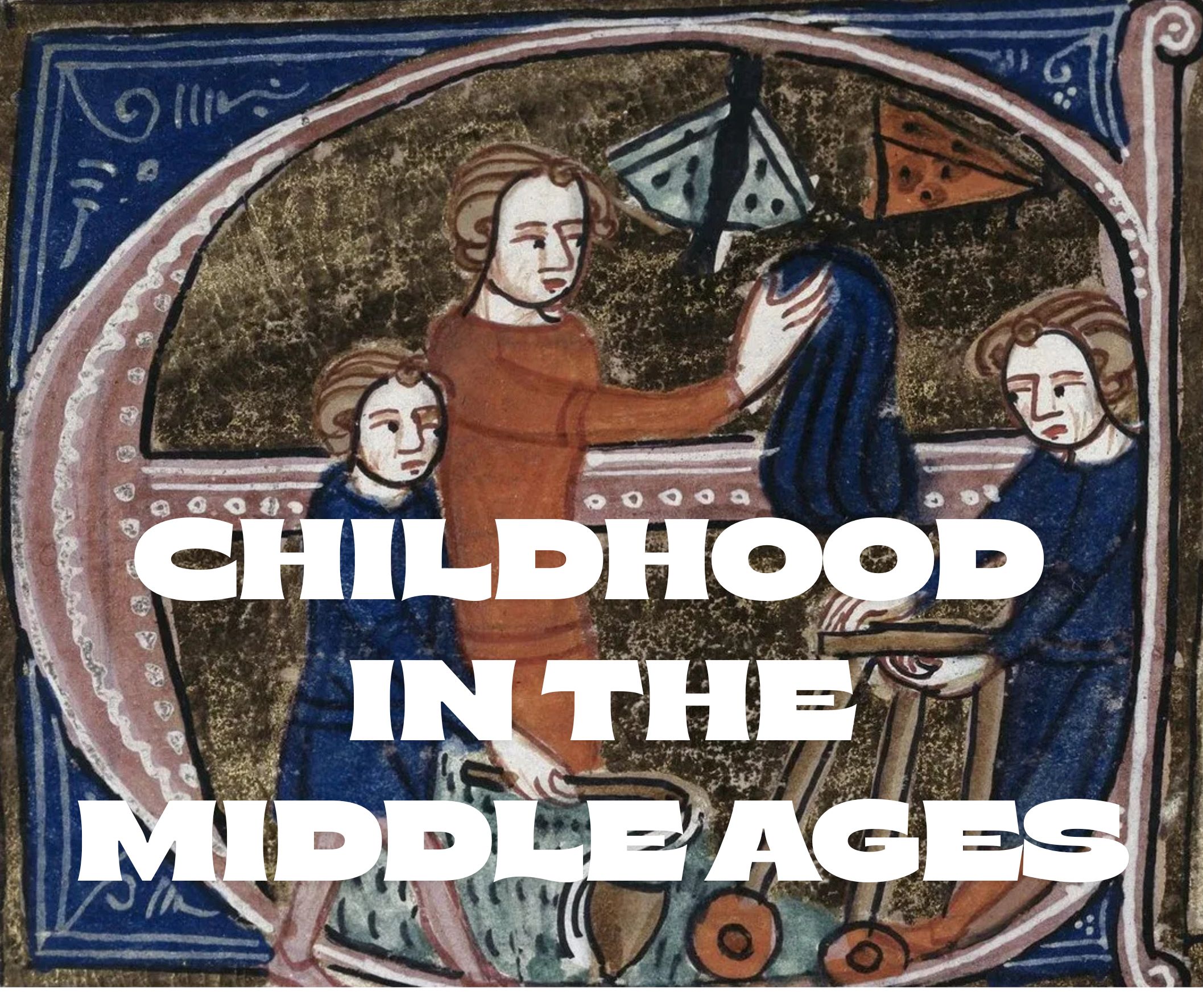
"The first misconception that's worth clearing up is that children were, as they always have been, both loved and cherished by their parents. I've explored this a little bit elsewhere, but it bears repeating. Though there were culturally different ways of showing that love, it was as powerful as it is now. The number of children a couple had didn't reduce the amount of love they had, either."
"From a young age, children were expected to help out at home with tasks suited to their age and development. They could care for animals and siblings, fetch and carry, cook, and even help out in the family business. Tiny fingerprints left in medieval stoneware show that children were involved in all aspects of family life, while coroner's reports sometimes give us an idea of what children were permitted to do."
Medieval parents loved and cherished their children. Families tended to have many children, and contraceptives existed but were discouraged by church teachings; children were not considered expendable even when a newborn received a deceased sibling’s name. Religious imagery, such as a fourteenth-century lullaby in which the Virgin Mary sings to the infant Jesus, reflects tender parental affection. From early childhood, children performed age-appropriate household and economic tasks, including animal care, sibling supervision, cooking, and assisting family enterprises. Tiny fingerprints in pottery and coroner's reports document children's active roles and household accidents. Some boys accessed cathedral or monastic schooling to study the trivium and quadrivium.
Read at Medievalists.net
Unable to calculate read time
Collection
[
|
...
]